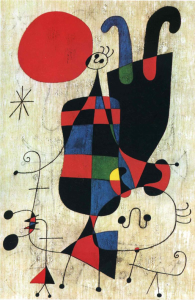
Miro/Figures and Dog in Front of the Sun (1949)
Grade 3/4: Playgrounds & Zoos
We started with looking at some images of the paintings of Joan Miro. One particular video featured his work accompanied by Spanish jazz music. The kids really seemed to respond to the bright colours and imaginative images. A few of them even recognized a few from souvenir items at home!
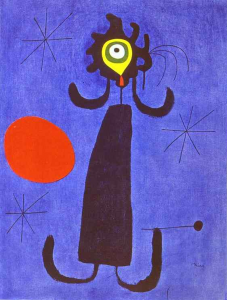
Miro/Woman in Front of the Sun (1950)
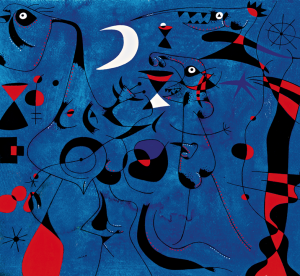
Miro/Figures at Night Guided by the Phosphorescent Tracks of Snails (1940)
After that, they were itching to get to the Art Room to get started on their own artwork. To begin that phase, I made a suggestion for subject matter: what if all the animals were running loose at the zoo? Or … what if there were a bunch of school kids running around outside at recess? (You can draw your own parallels there) These ideas were to be drawn in Miro’s style, using some of the elements and symbols we observed.
Such as … flat, bright colours in the figures and shapes
black lines connecting different shapes
abstraction of the figures: like the exaggeration of an eye or torso, lines
a sense of humour! FUN
floating on a washy coloured background; no horizon line, NOT a scene
They started by drawing their animals/children in pencil, and then going over those lines with Sharpie marker. It was hard for some students to get away from drawing it as scene – they wanted to show the ground, and the sun in the corner. Colour within the figures was rendered in oil pastel, with numerous reminders NOT to use the pastel outside of the shapes or for the background.
Then came my surprise. I hauled out several plastic spray bottles of liquid watercolour paint mixed with water. This was how they were going to get their washes of background colour. How fun!
-

-
James
-

-
Ella
-

-
David
-

-
Graham
-

-
Izabel
-

-
Lily
-

-
Katherine
-

-
Michael
-

-
Sarah
-

-
Kailin
-

-
Tina
-

-
Benjamin
-

-
Olivia
-

-
Alex
-

-
D’Arcy
-

-
Nina
-

-
Ella
-

-
Dawson
-

-
Zuban
-

-
Madie
If I were to do this again, I would tape the paper onto boards before saturating with the wet paint. I would also increase the pigment in the spray bottles.
Fall 2013 / Parliament Oak Elementary School




































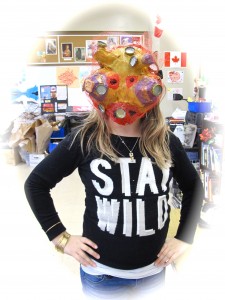







































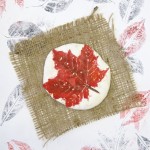
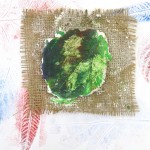
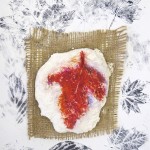
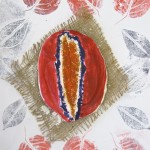
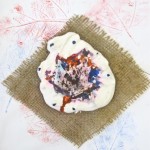
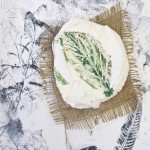
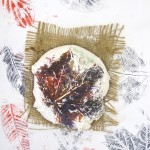
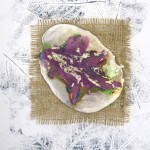


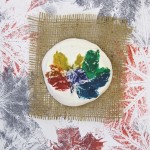
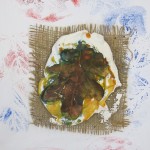
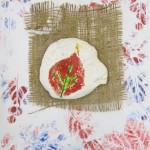
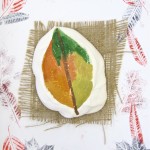
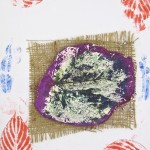
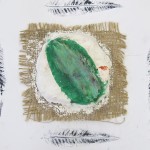
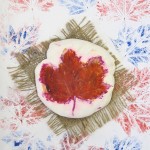
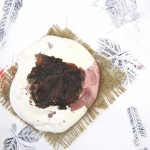
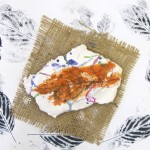
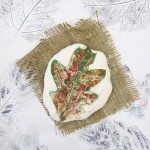































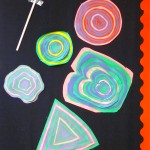
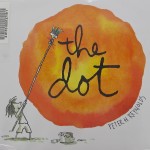













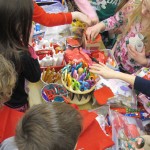
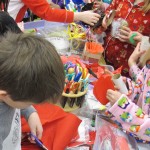


















You must be logged in to post a comment.